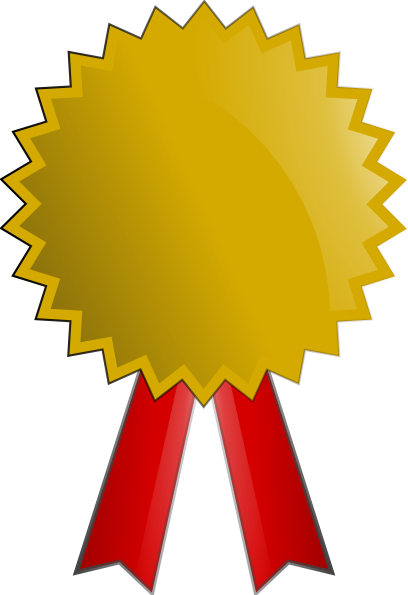Team:ETH Zurich
From 2013.igem.org
(Difference between revisions)
| Line 32: | Line 32: | ||
<li><b><br>From Minesweeper to Colisweeper </b><br><br> Mines secrete the signaling molecule OHHL whereas non-mines process the signal after diffusion of OHHL through the agar. High-pass filters were constructed to control the expression of different orthogonal hydrolases in non-mines. These were tuned to express hydrolases depending on the concentration of the OHHL molecules from the surrounding mines. The colors yellow, salmon and magenta corresponds to zero, one and two mines around a colony. Additionally, the mines express their own hydrolase which when added with the multi-substrate gives blue color. The constant expression of <i>lacZ</i> enables the flagging of both mines and non mine colonies turning the colonies green. | <li><b><br>From Minesweeper to Colisweeper </b><br><br> Mines secrete the signaling molecule OHHL whereas non-mines process the signal after diffusion of OHHL through the agar. High-pass filters were constructed to control the expression of different orthogonal hydrolases in non-mines. These were tuned to express hydrolases depending on the concentration of the OHHL molecules from the surrounding mines. The colors yellow, salmon and magenta corresponds to zero, one and two mines around a colony. Additionally, the mines express their own hydrolase which when added with the multi-substrate gives blue color. The constant expression of <i>lacZ</i> enables the flagging of both mines and non mine colonies turning the colonies green. | ||
</li> | </li> | ||
| - | <li><b><br>The Model</b><br><br>As our bio-game is based on processing the OHHL concentration in the non-mine colonies, the diffusion of OHHL in the agar is vital to the system. The diffusion was modeled by carrying out simulations to determine the time and distance of diffusion. In addition to OHHL diffusion, we modeled synthesis, regulation and degradation reactions of the proteins involved in our genetic circuits. To account for both processes: diffusion and reactions; we developed a spatio-temporal model in two dimensions comprised by three modules: mines, receivers, and the agar plate. Finite element methods were used to solve the system of partial differential equations (PDEs). | + | <li><b><br>The Model</b><br><br>As our bio-game is based on processing the OHHL concentration in the non-mine colonies, the diffusion of OHHL in the agar is vital to the system. The diffusion was modeled by carrying out simulations to determine the time and distance of diffusion. In addition to OHHL diffusion, we modeled synthesis, regulation and degradation reactions of the proteins involved in our genetic circuits. To account for both processes: diffusion and reactions; we developed a spatio-temporal model in two dimensions comprised by three modules: mines, receivers, and the agar plate. Finite element methods were used to solve the system of partial differential equations (PDEs). Our model turned out to be very valuable in the circuit refinement and the design of experiments. Moreover, we continually improve out model by incorporating parameters from our own experimental data. |
</li> | </li> | ||
<li><b><br>Experimental Results</b> | <li><b><br>Experimental Results</b> | ||
| Line 67: | Line 67: | ||
<li> | <li> | ||
| - | <a href="/Team:ETH_Zurich/GFP"><img src="https://static.igem.org/mediawiki/2013/ | + | <a href="/Team:ETH_Zurich/GFP"><img src="https://static.igem.org/mediawiki/2013//6/68/ModelSlide2.png"/></a> |
</li> | </li> | ||
Revision as of 10:13, 24 October 2013
 "
"
















